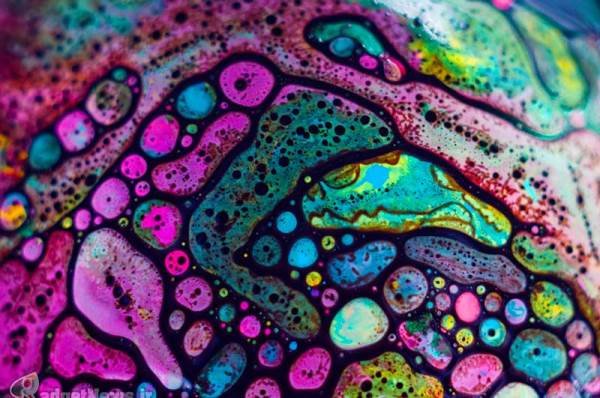ID :
388711
Tue, 11/24/2015 - 08:05
Auther :
Shortlink :
https://oananews.org//node/388711
The shortlink copeid
Nanocatalyst helps remove color from industrial waste

TEHRAN, Nov. 24 (MNA) – Tabriz University researchers have developed a nanocatalyst which helps in removing colored material from industrial waste through enhanced filtering quality.
Iran’s Special Headquarters of Nano-technology informed Mehr News about a research project in the University of Tabriz about a nanocatalyst helping cleansing of industrial waste of heavy metal colorations. If untreated, the colored material would enter to the aquatic ecosystems and affect the environment negatively.
Ali Khataei, a major researcher told the Headquarters that the research project addressed heterogeneous sono-Fenton process as an advanced oxidative process which is an effective method in removing resistance pollutants of the aquatic ecosystems, as the process reacts and oxidizes wide spectra of organic compounds and no poisonous residual remains during the reaction.
“The process is economically justified, since the nanocatalyst is synthesized using natural pyrite rocks, which is used in larger amounts in Iranian mines, and is developed in lower costs compared to other catalysts,” he added, “in nano scales, the increased ratio of surface to mass highly contribute to the effectiveness of the catalyst.”
“In this simple and cheap method, plasma is used to synthetize pyrite nanostructures; our results indicated that the decoloring capacity is higher with nanopyrite structures than with natural pyrite,” Khataei detailed.
“As pyrite is the amplest metal sulfide on the planet, and is extensively found in Iran, further studies to industrially produce this nanocatalyst are expected; with this, heterogeneous sono-Fenton process will help remove colors from industrial waste, otherwise resistant to other filtration processes,” he told the Headquarters.
“The plasma-treated pyrite (PTP) nanostructures were prepared from natural pyrite (NP) utilizing argon plasma due to its sputtering and cleaning effects resulting in more active surface area. The NP and PTP were characterized using X-ray diffraction (XRD), Fourier transform infrared spectroscopy (FT-IR), Brunauer–Emmett–Teller (BET) and scanning electron microscopy (SEM) methods,” he said.
The performance of the PTP was greater than NP for treatment of Reactive Red 84 (RR84) by the heterogeneous sono-Fenton process. Also, the effects of enhancers, and inorganic salts and t-butanol as hydroxyl radical scavengers on the degradation efficiency were investigated. Gas chromatography–mass spectroscopy analysis (GC–MS) was applied for detection of some degradation intermediates,” Khataei added.
http://en.mehrnews.com/news/112218/Nanocatalyst-helps-remove-color-from-industrial-waste





